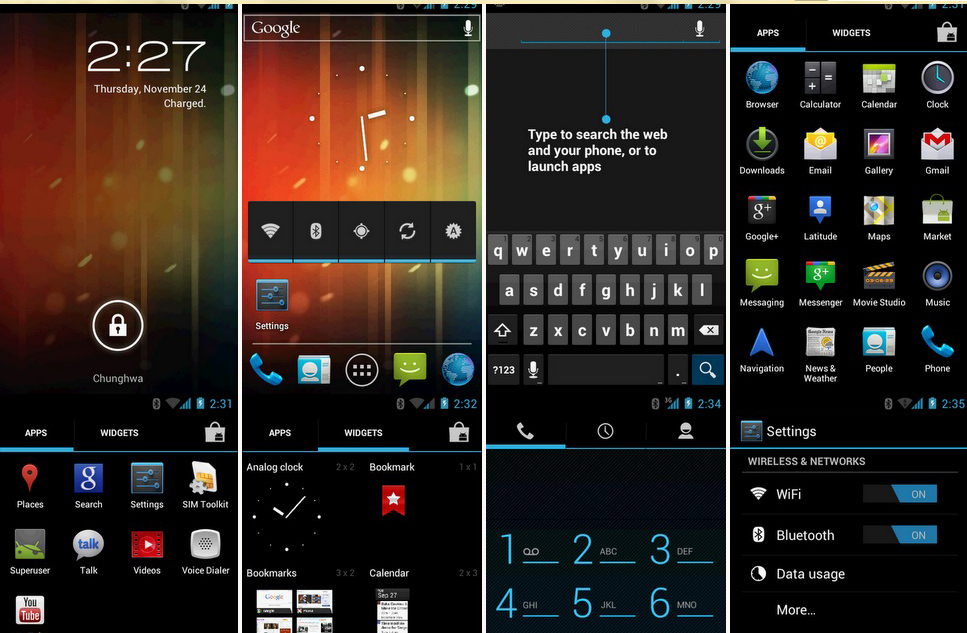![google_logo[6]](https://androidstory.com/wp-content/uploads/2010/11/google_logo6-300x125.jpg) Eric And Wendy Schmidt Fund At Princeton Picks Inaugural Winners
Eric And Wendy Schmidt Fund At Princeton Picks Inaugural Winners
In addition to running corporate giant Google, Eric Schmidt is a well known philanthropist. in 2009 Eric and his wife Wendy set up a $25 million dollar research endowment fund at his alma mater Princeton. This past week in conjunction with Princeton officials they selected the first research projects to be granted funding through the Eric and Wendy Schmidt Transformitive Technology Fund.
The winners of the funding were Ali Yazdani a professor of Physics and Claire Gmachi a professor of electrical engineering. Yazdani will lead a group of researchers to continue studying the use of exotic insulators in electronic and optical applications. Yazdani’s team has been considered frontiers in the field of topological insulators. Topological insulators are insulators which feature highly unusual materials whose interiors do not conduct electricity and metallic surfaces that are highly conductive.These topological insulators have properties which Yazdani and his team have found to have excellent electrical conductivity and unusually large electrical response to the absorption of light.
Yazdani’s research will help harness the capability of these topological insulators and their applications. Possible applications include “novel superconducting technologies” and the possibility of topological quantum computers, machines with computing capabilities far superior to todays devices.
Gmachi’s research is actually equally excited in a way that most would better understand. Gmachi is working on non invasive ways to measure a diabetics blood sugar using laser technology. According to the World Health Organization there were over 200 million diabetics in the world in 2005 and over 1 million deaths in the world as a result of diabetes in the same year. The WHO predicts those numbers will double by 2030.
For years even the big bio medical companies have been trying to find an alternative to the “finger stick”. For those not familiar with diabetes, even a type 2 diabetic must use a small needle to prick their finger in order to obtain a blood sample for a glucometer. In the past lasers were unable to detect the blood sugar because blood does not have the correct optical features to be picked up by traditional lasers. Gmachi will study, develop and try to implement the use of quantum cascade lasers in hopes that this new laser technology will be able to pick up the light emitting properties of blood to test the glucose level. From there Gmachi will also try to overcome the hurdle of making the lasers small enough and affordable enough to put into todays glucometers that cost less than $100
Yazdani and his team were awarded $700,000.00 for their continued research. Gmachi received $500,000.00 for hers.
Source: Princeton University
Google Does The Body Good
Continuing in our theme of health for a moment…. Google has announced, and started to show off, their new Body search element called “Google Body”. Google Body allows the user to view a 3 dimensional human body and rotate it on the screen. From there the user can “peel back” the layers of the body starting with the skin and working all the way down to the central nervous system. A cursor over the more well known parts will reveal their names and details of what you are looking at. The search mechanism will allow you to find every little part of the body by looking them up by words.
Although this isn’t a college based anatomy book or program, it’s a very cool application and will come in handy to students of any age. In order to use it now you will need to have a WebGL enabled browser which currently include browsers such as Chrome 9 Beta and Firefox 4 Beta.
Source: The Google Blog
Google Latitude Gets Rid of Broadcast Feature
Google Latitude for lack of a better word, is a Google maps plugin that approved friends and contacts aware of where you are via Google maps and navigation. For example a bunch of Big Android Barbecue atendees who drove to the event, tracked each others progress in their journey using the service.
When Google Latitude rolled out an update to Latitude in November it included a broadcast feature that would quietly take your name and location and email your friends where you were without your knowledge. This raised up red privacy flags and seemed a little creepy to some people. This feature came out in the same update as location history. If checked off the person Google Latitude was tracking would automatically send emails when close to another person in their Latitude list for example
” Dear XXÂ Your Friend XX was within 100 meters of you at XX time” It seems like a cool little thing but as with most background features users only look at the option at initial set up. Google has nixed that feature in the latest update to Latitude.
Google Steps It Up For Santa This Christmas
In addition to their Google Maps/Google Earth integration with Norad’s Santa tracker, Google has added a couple more things to keep up with the fat jolly man this year. Google has set up a Google Voice account for Santa Claus himself. Kids can call (with their parents help) 855-34 SANTA and leave a message for him after the beep. The cooler thing Google has done is that they have set up a Santa call back website for parents. Parents go to http://www.sendacallfromsanta.com once you arrive at the site you can add your child’s name, your name, your relationship to the child and a couple of presents and other personal information into a text based form. From their Google translates it (Think WAY Better than Google Voice transcription) into a message from Santa. The user can listen back to the message from Santa and then select what time for their child to receive the call.
Note: The two calling features are ready to go now. Google/Norad tracking starts at 4:30am GMT on December 24 and goes until 5:30pm the next day.
Source: Thedroidguy.com









